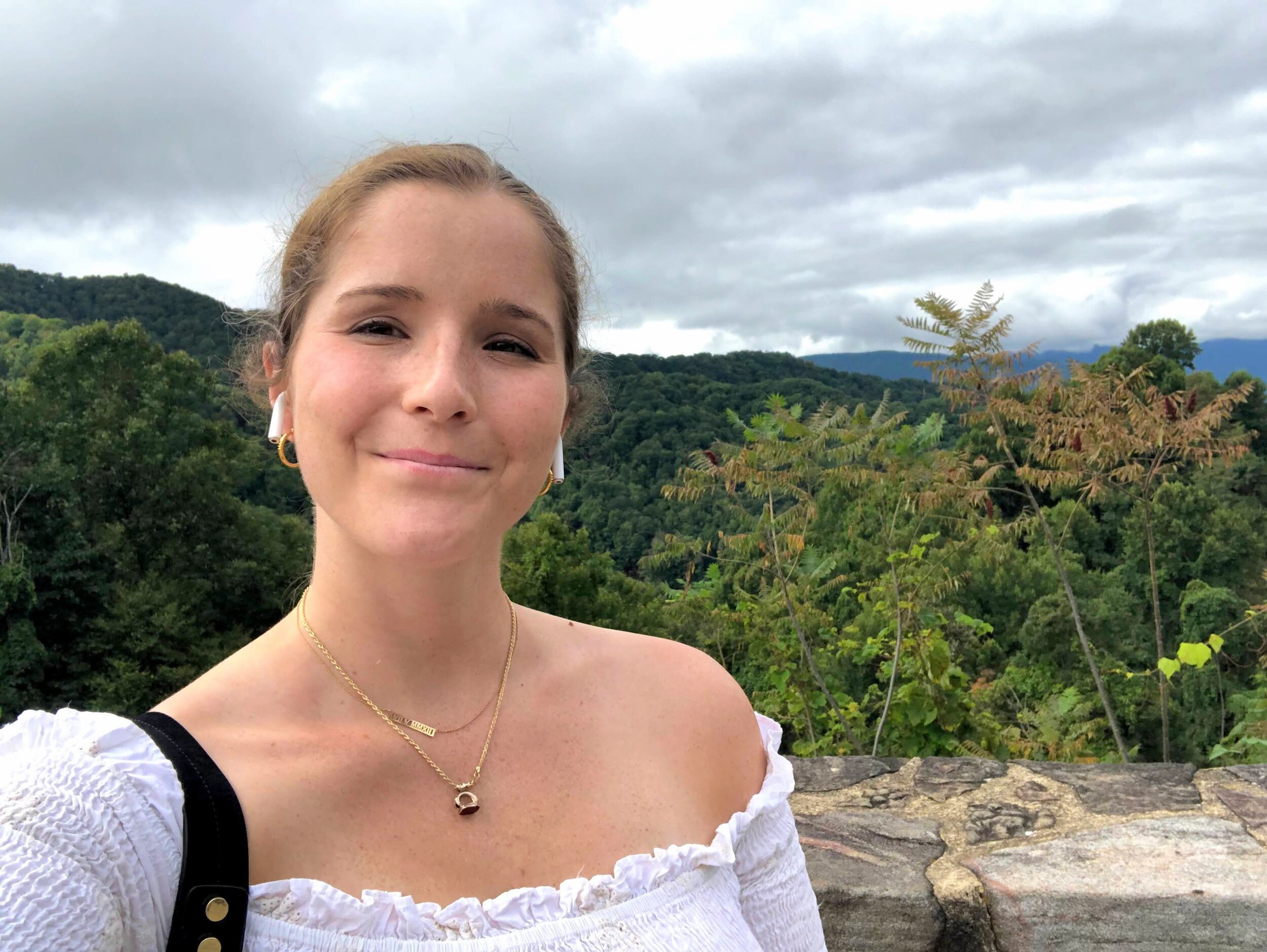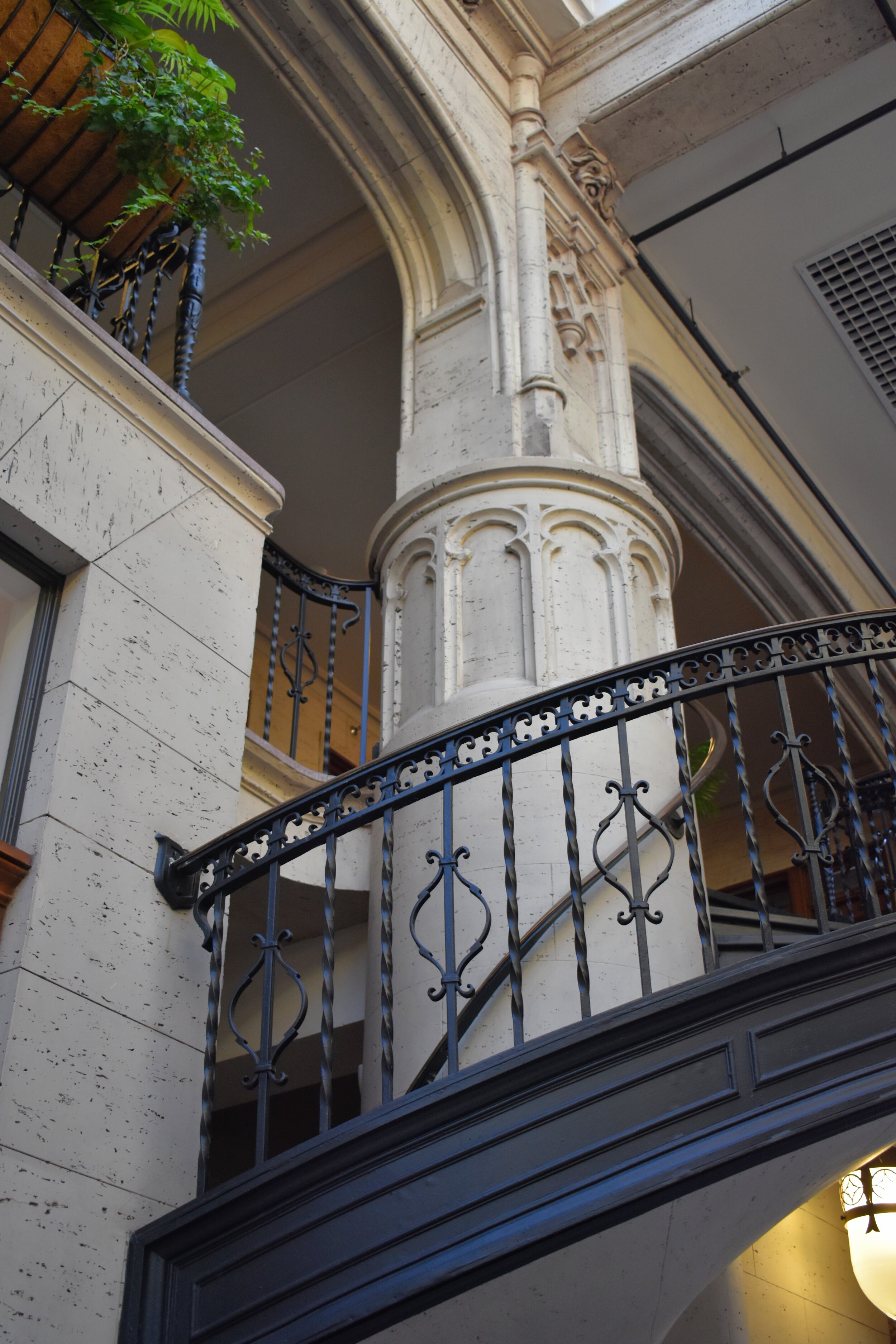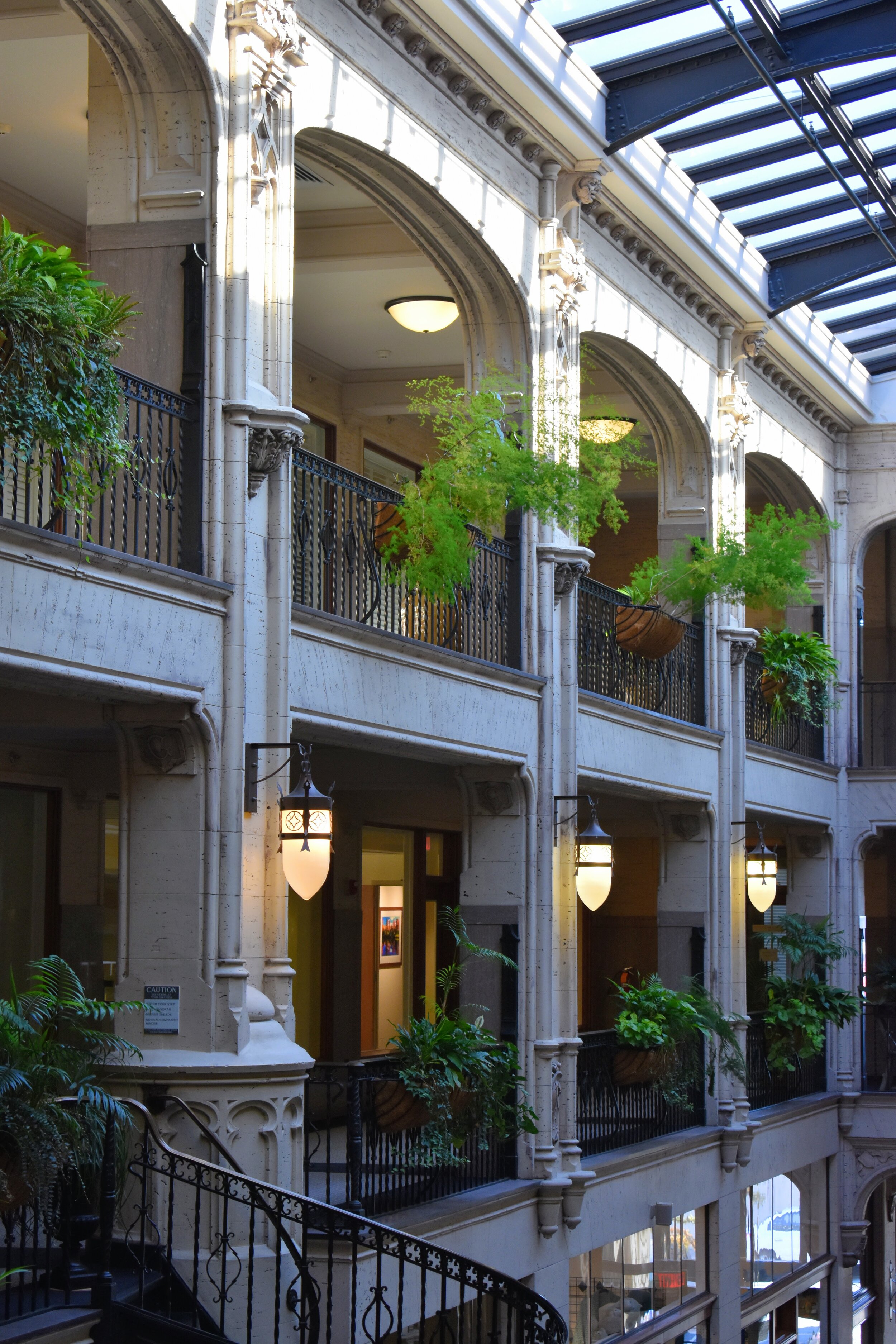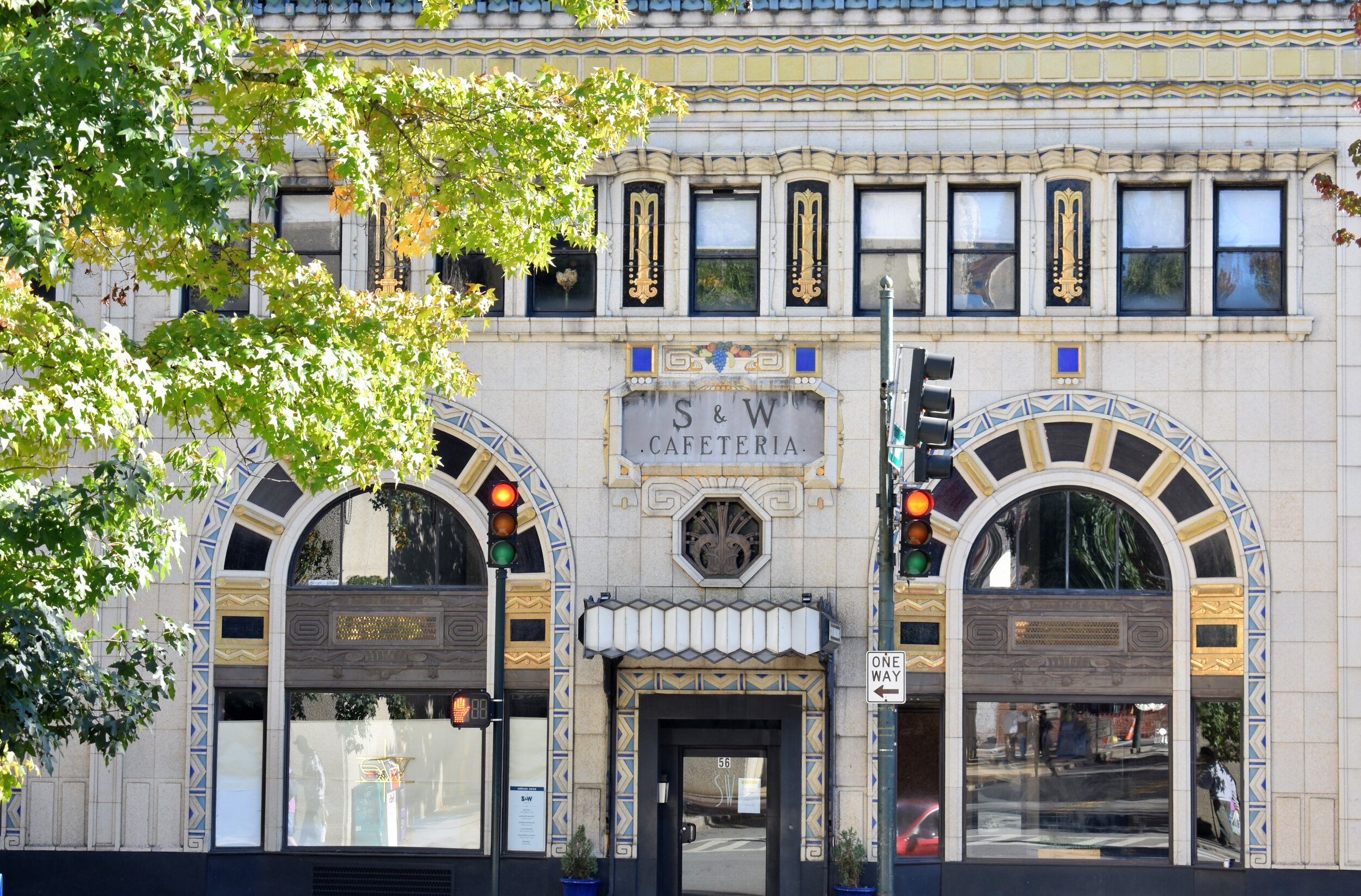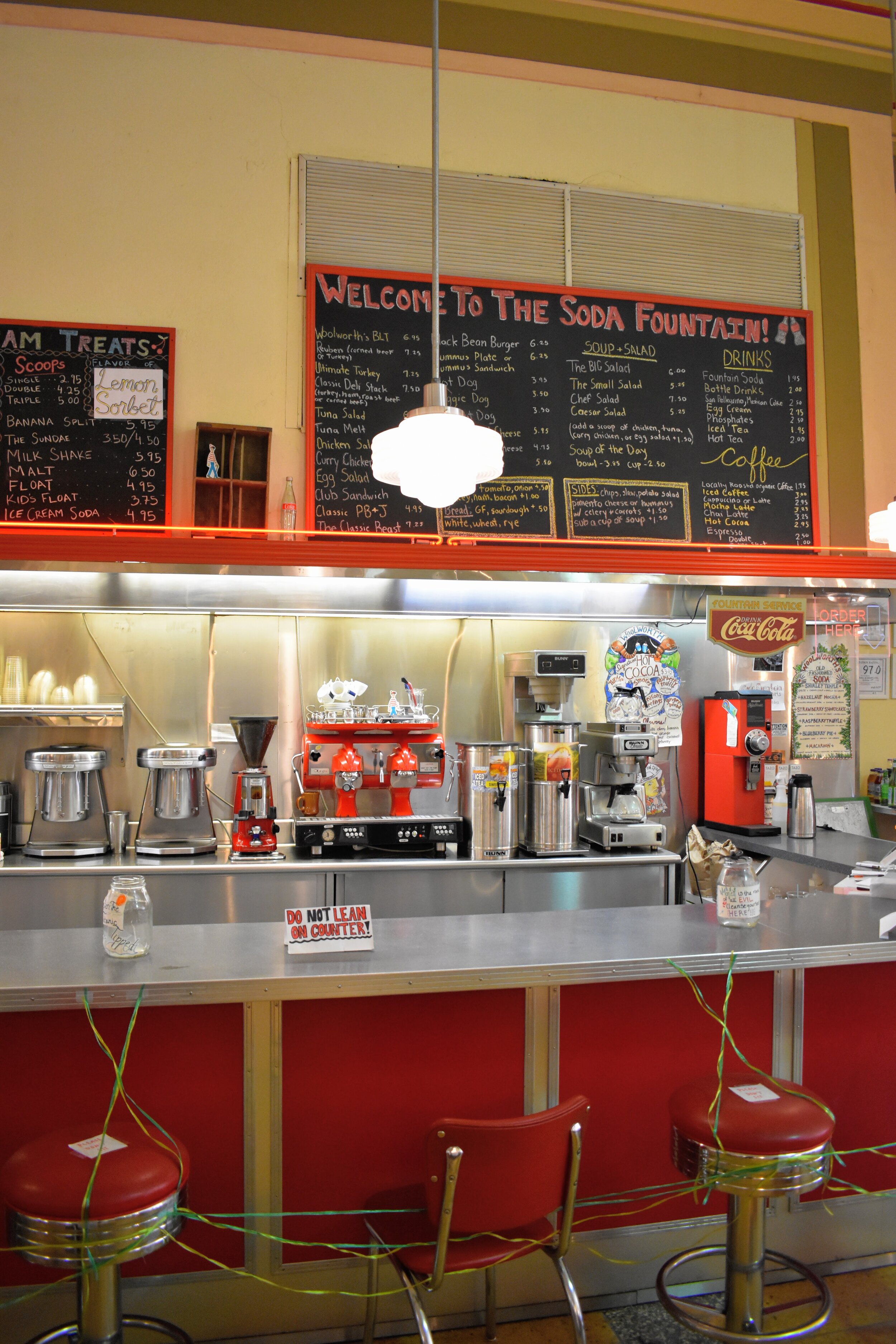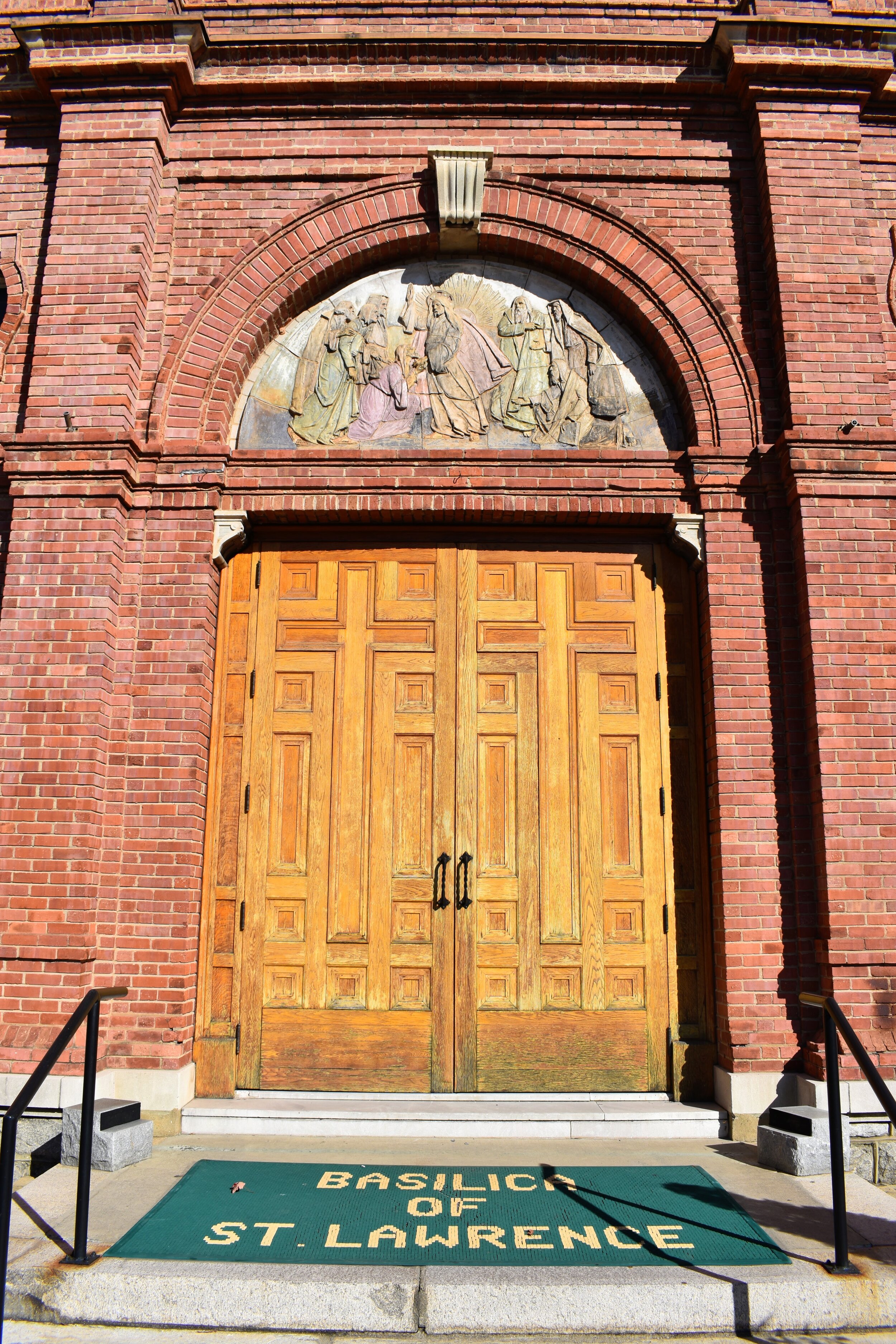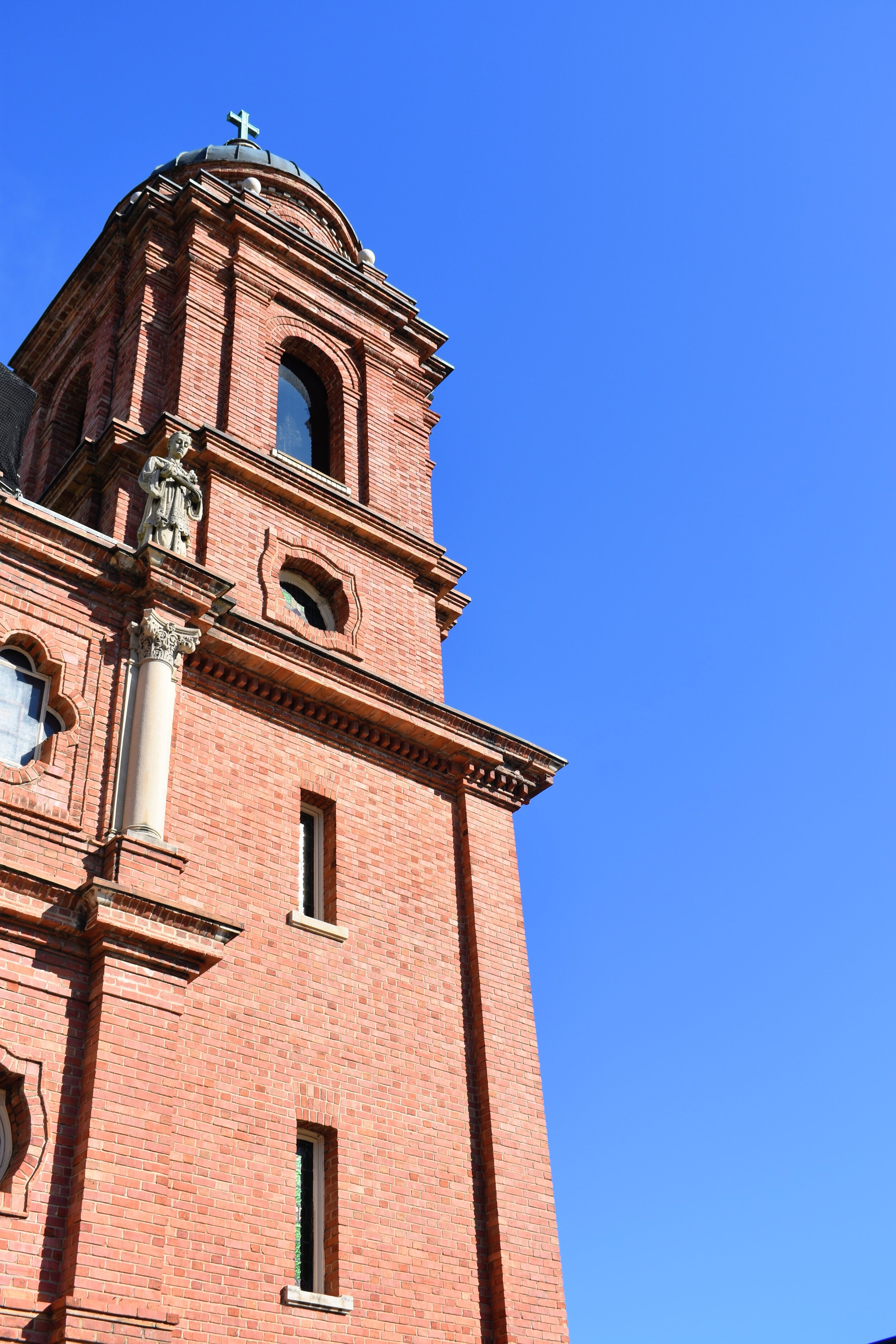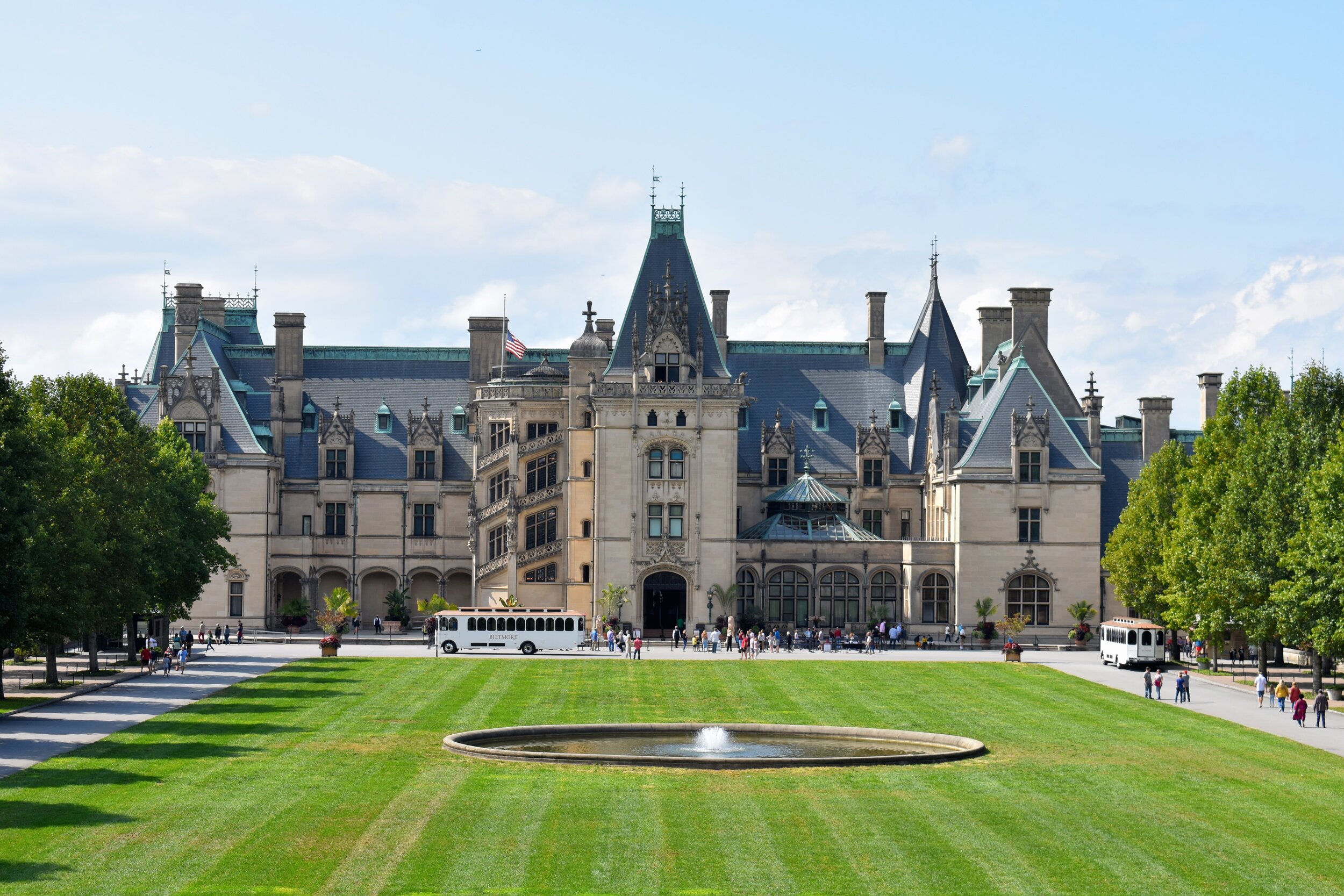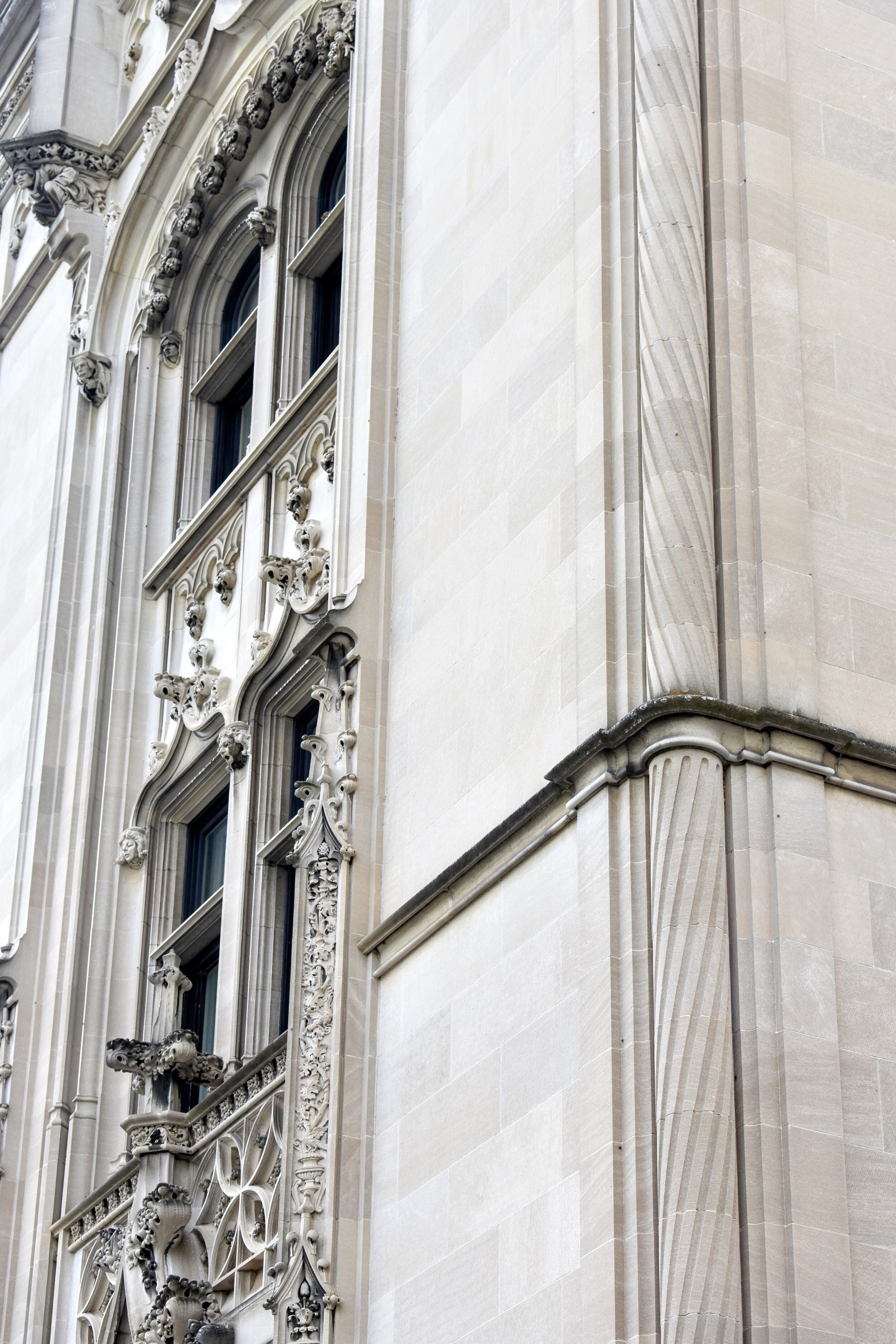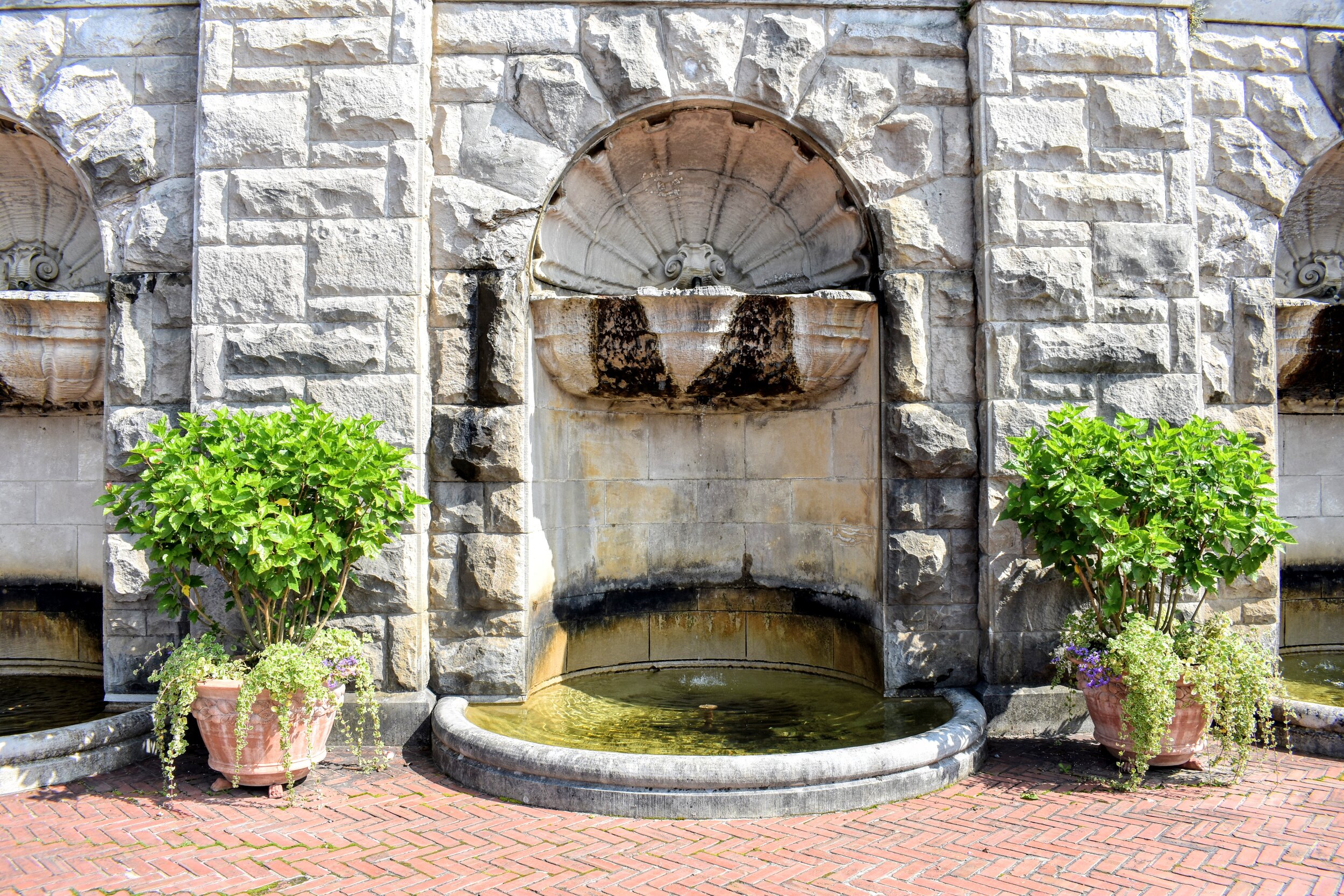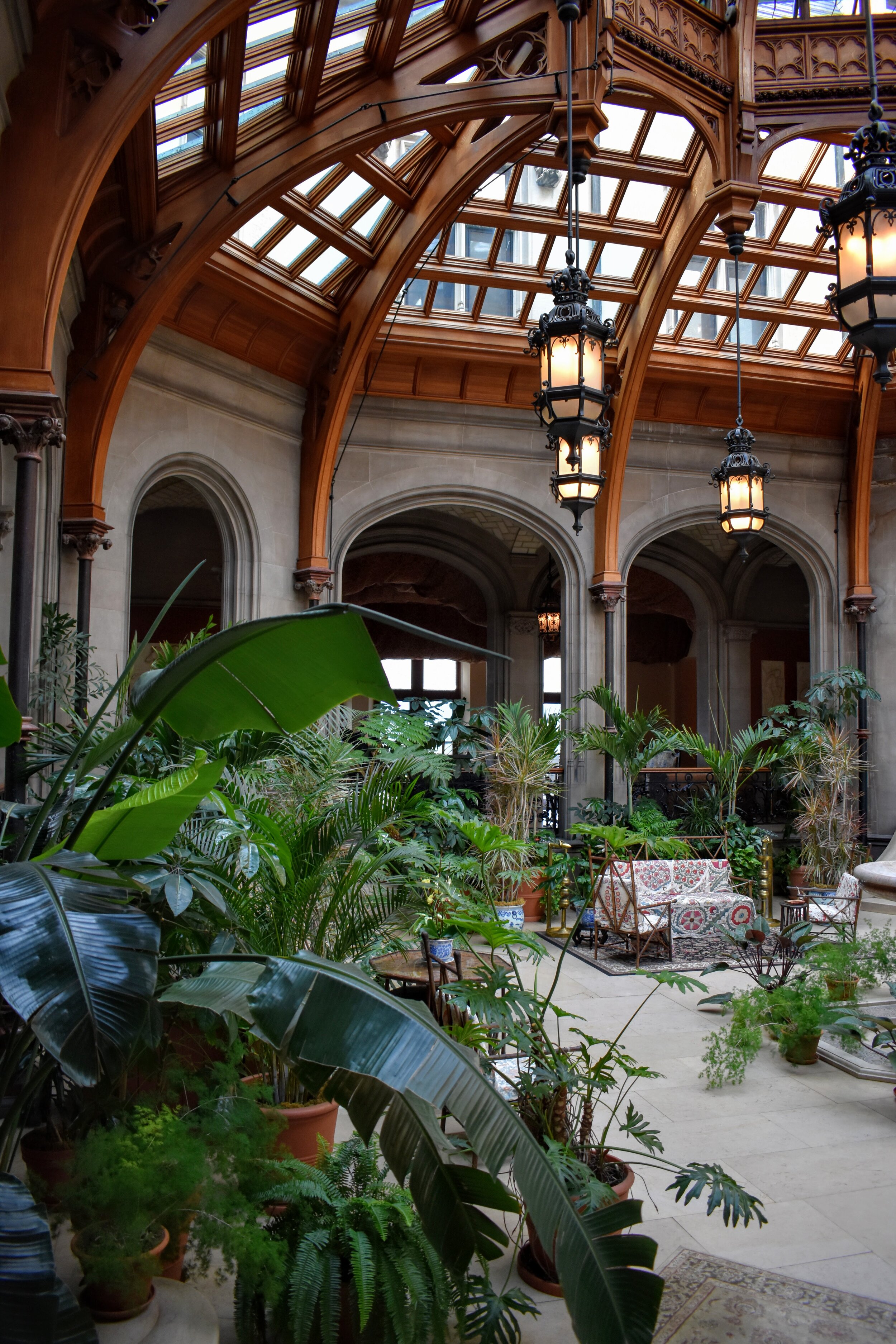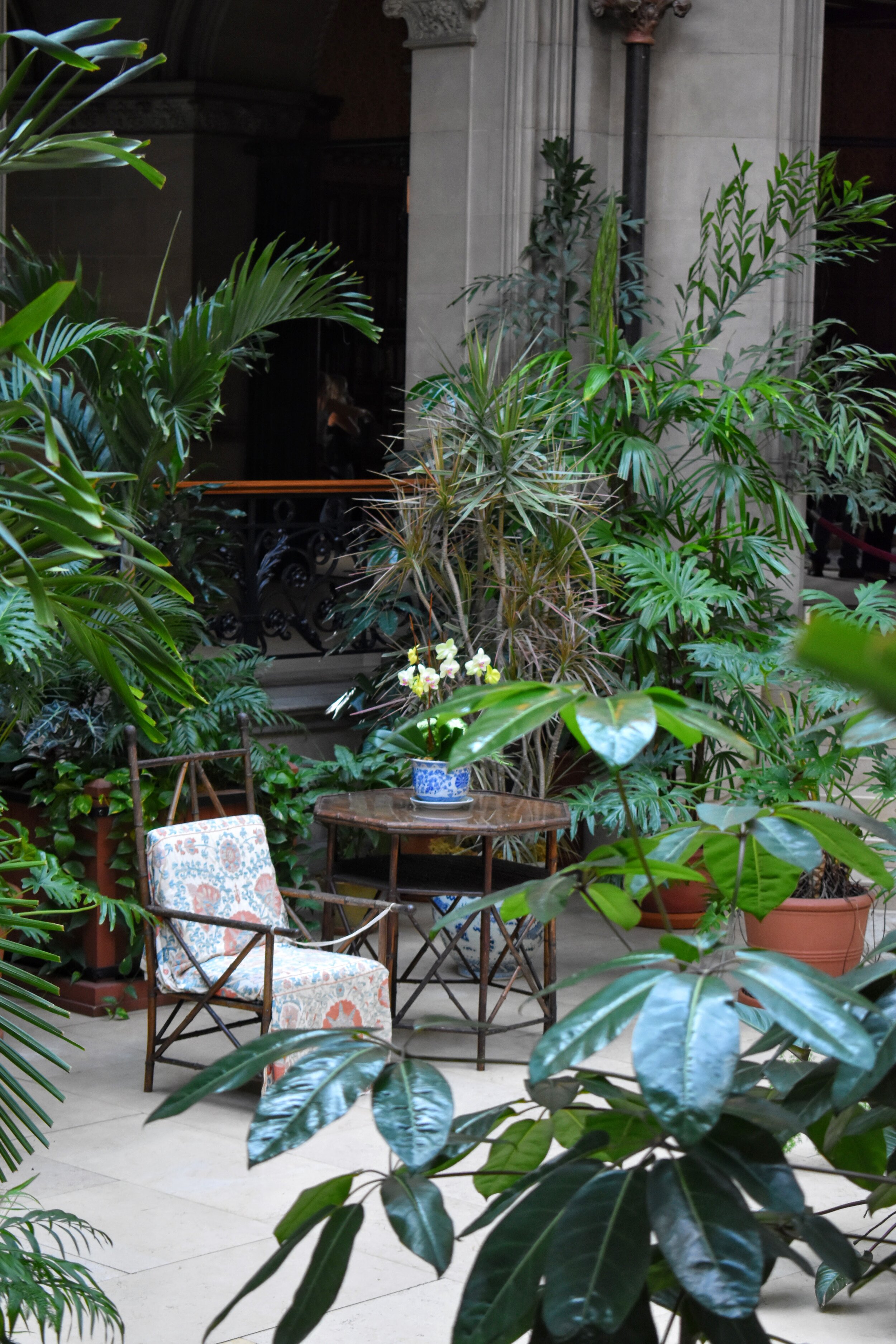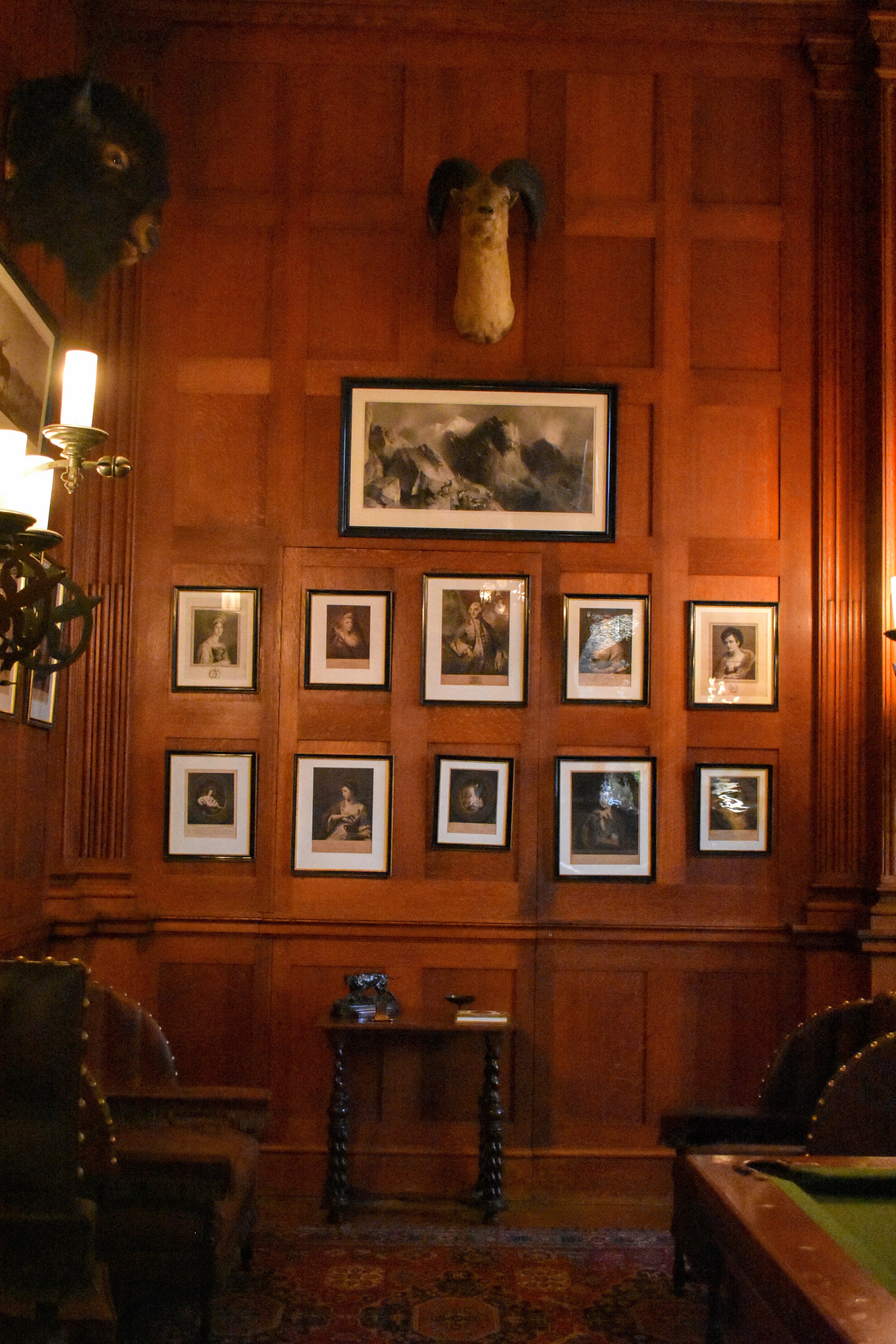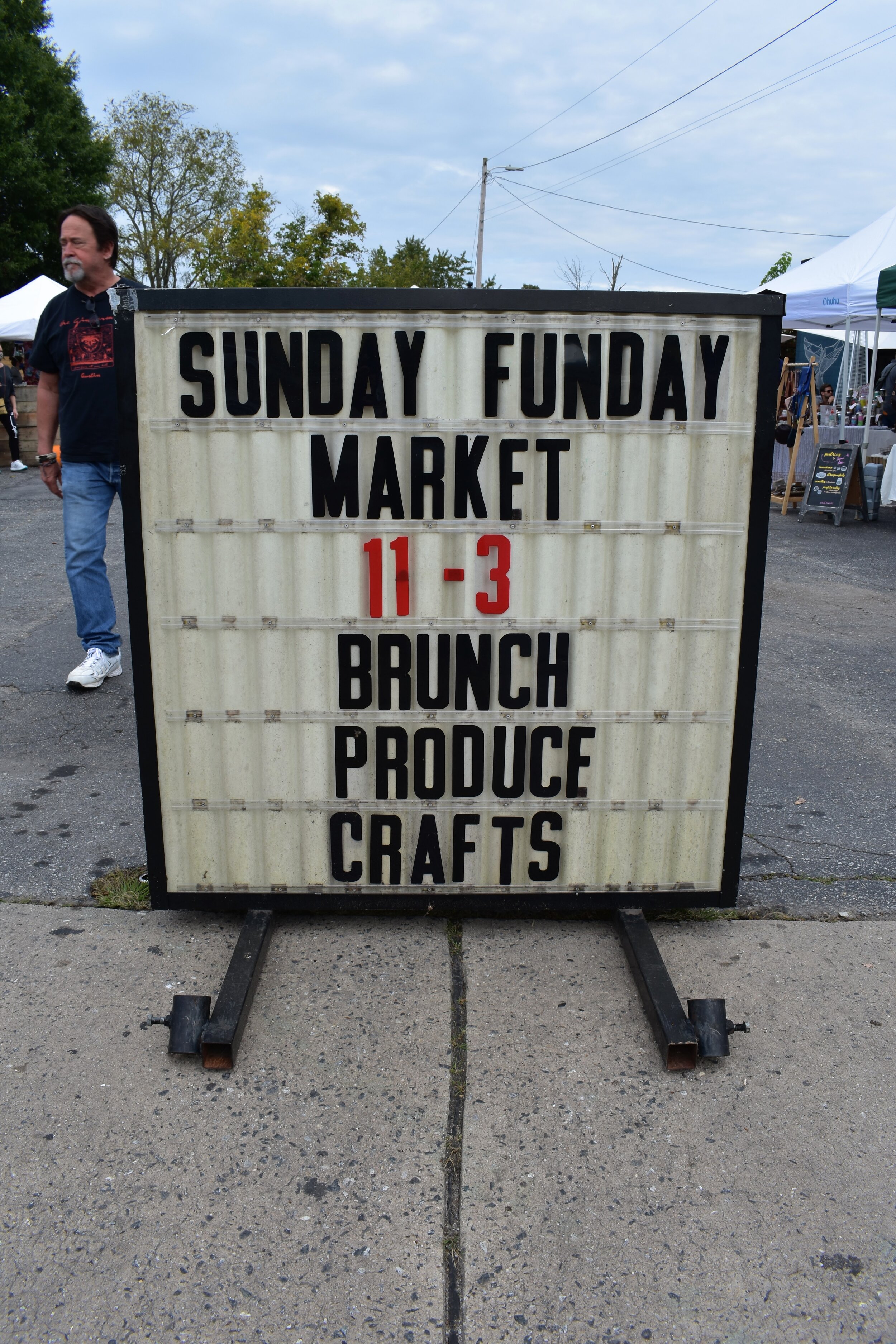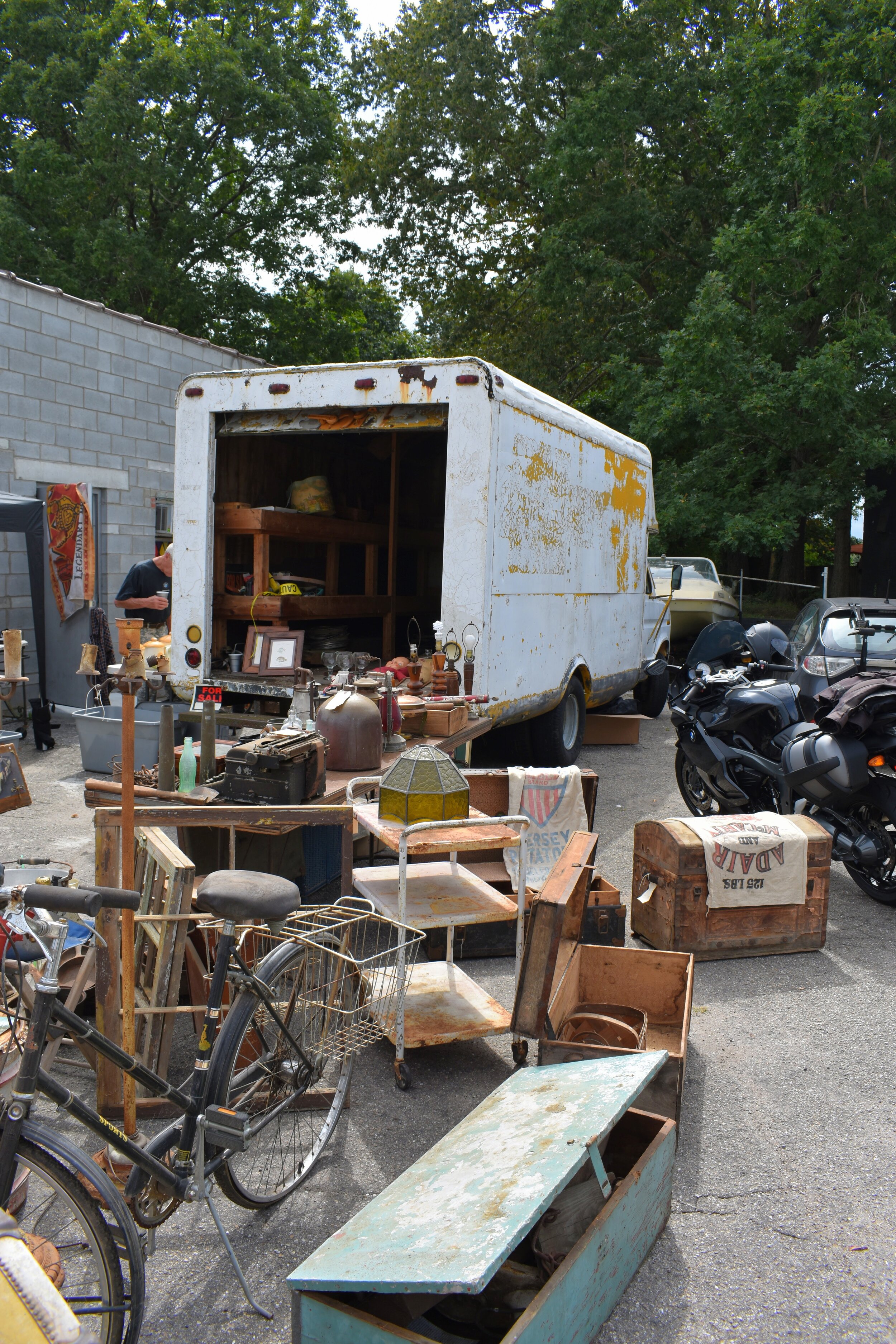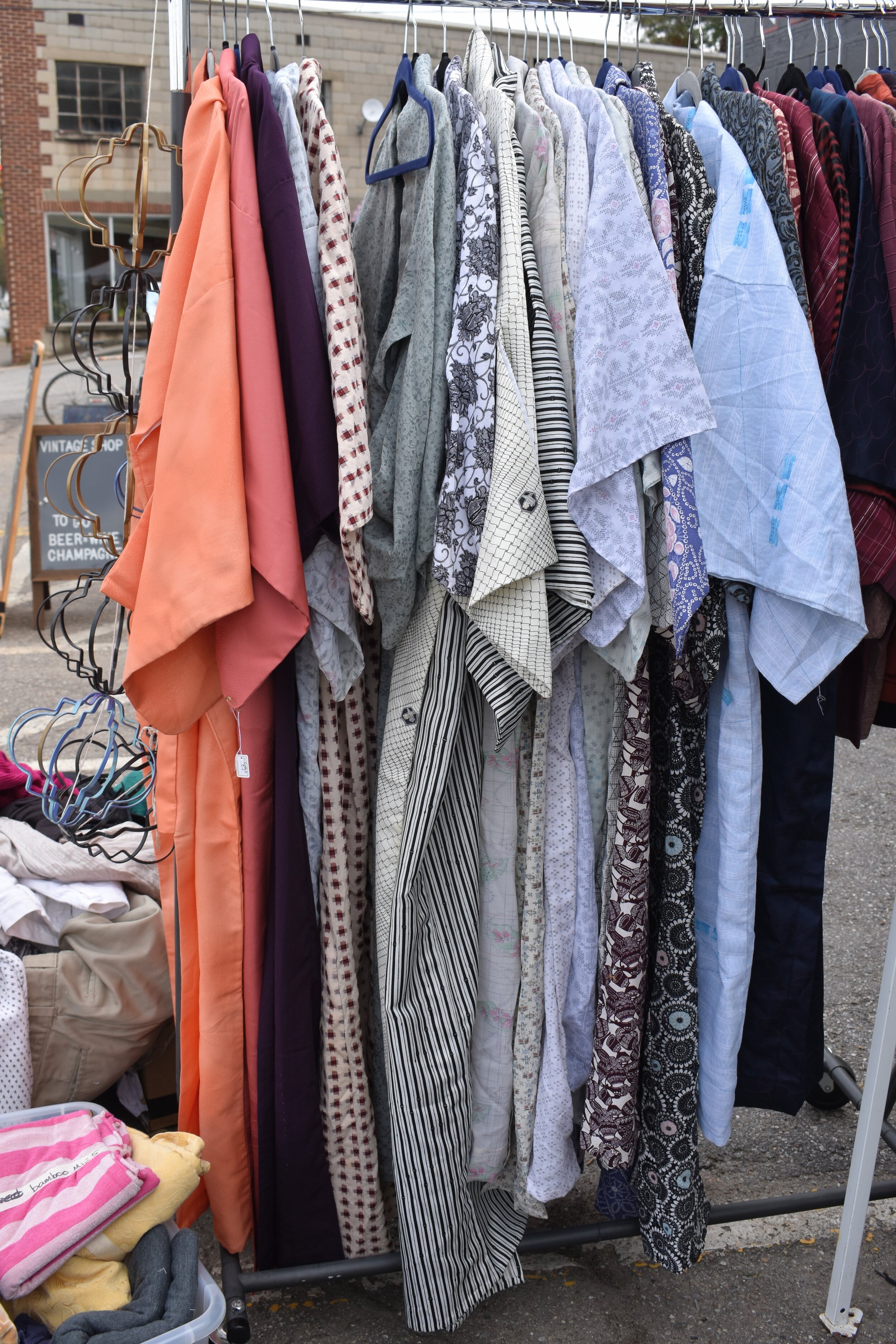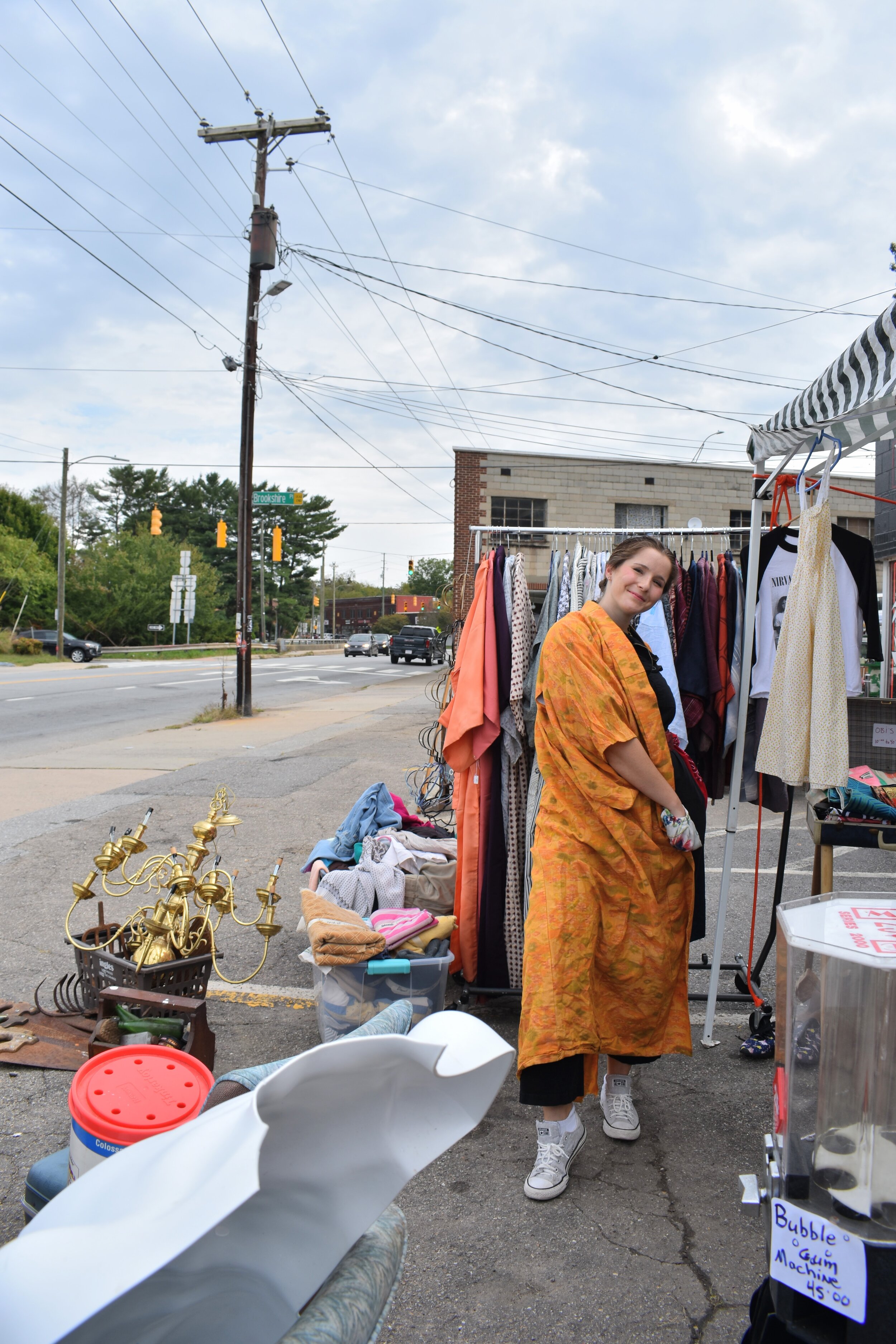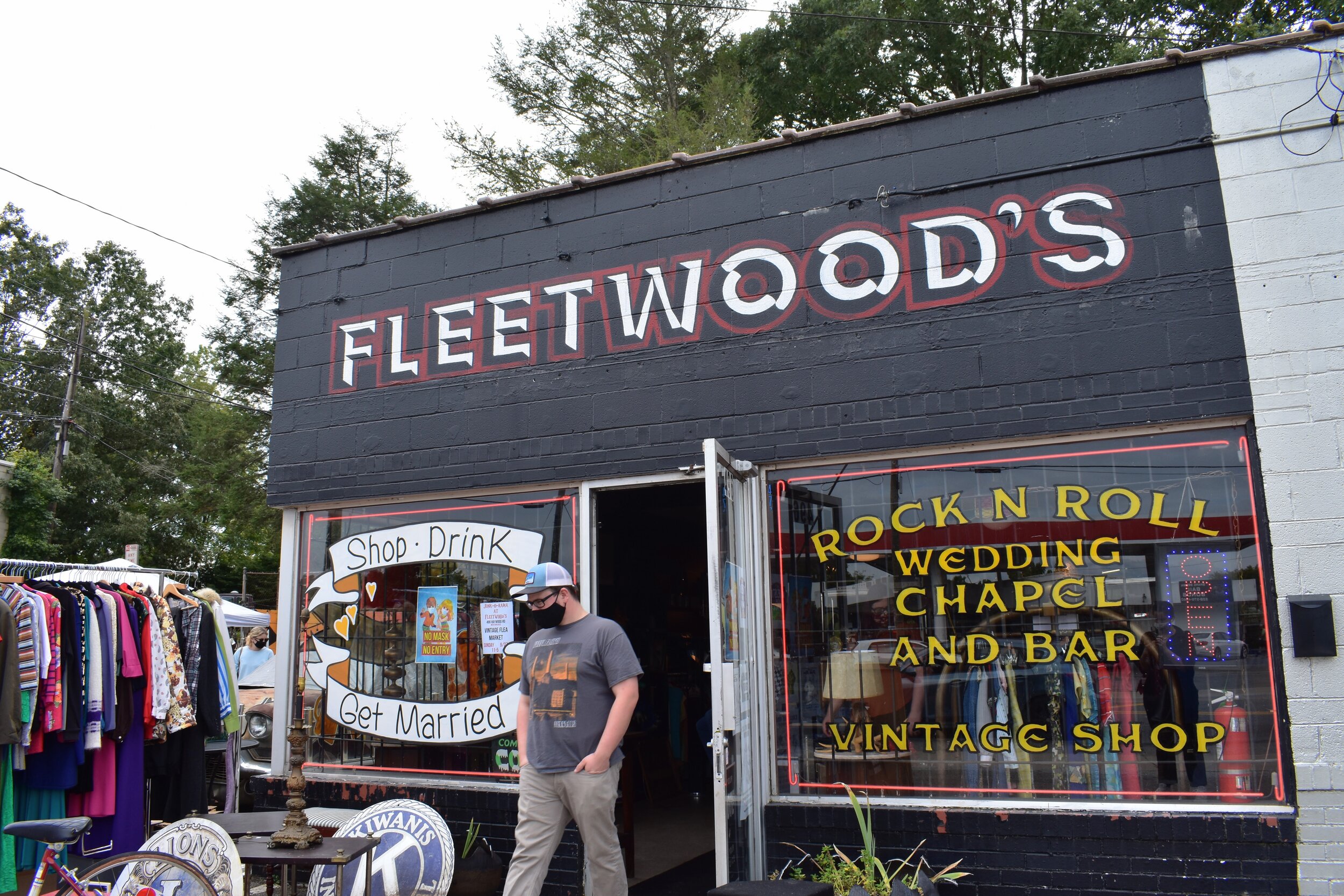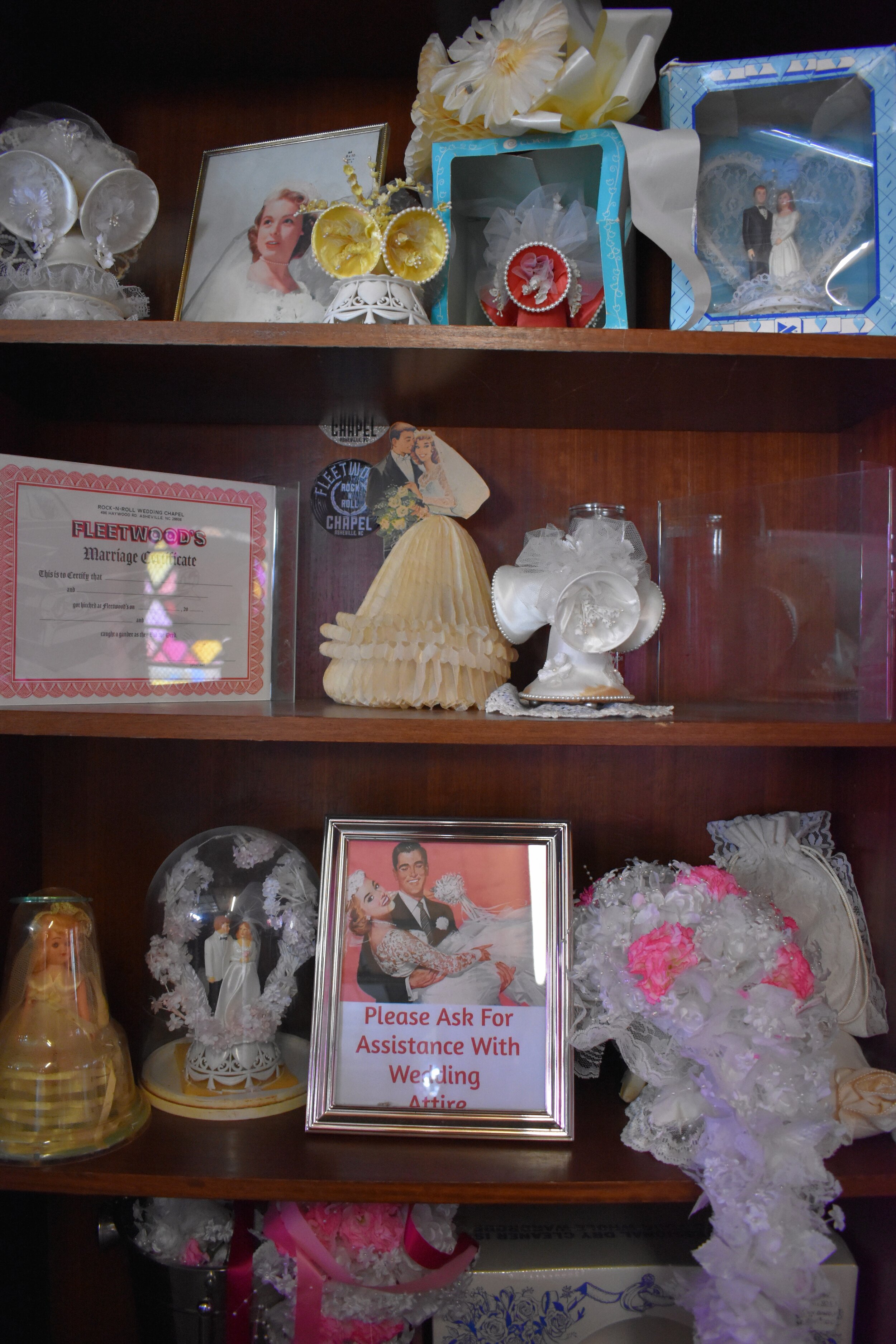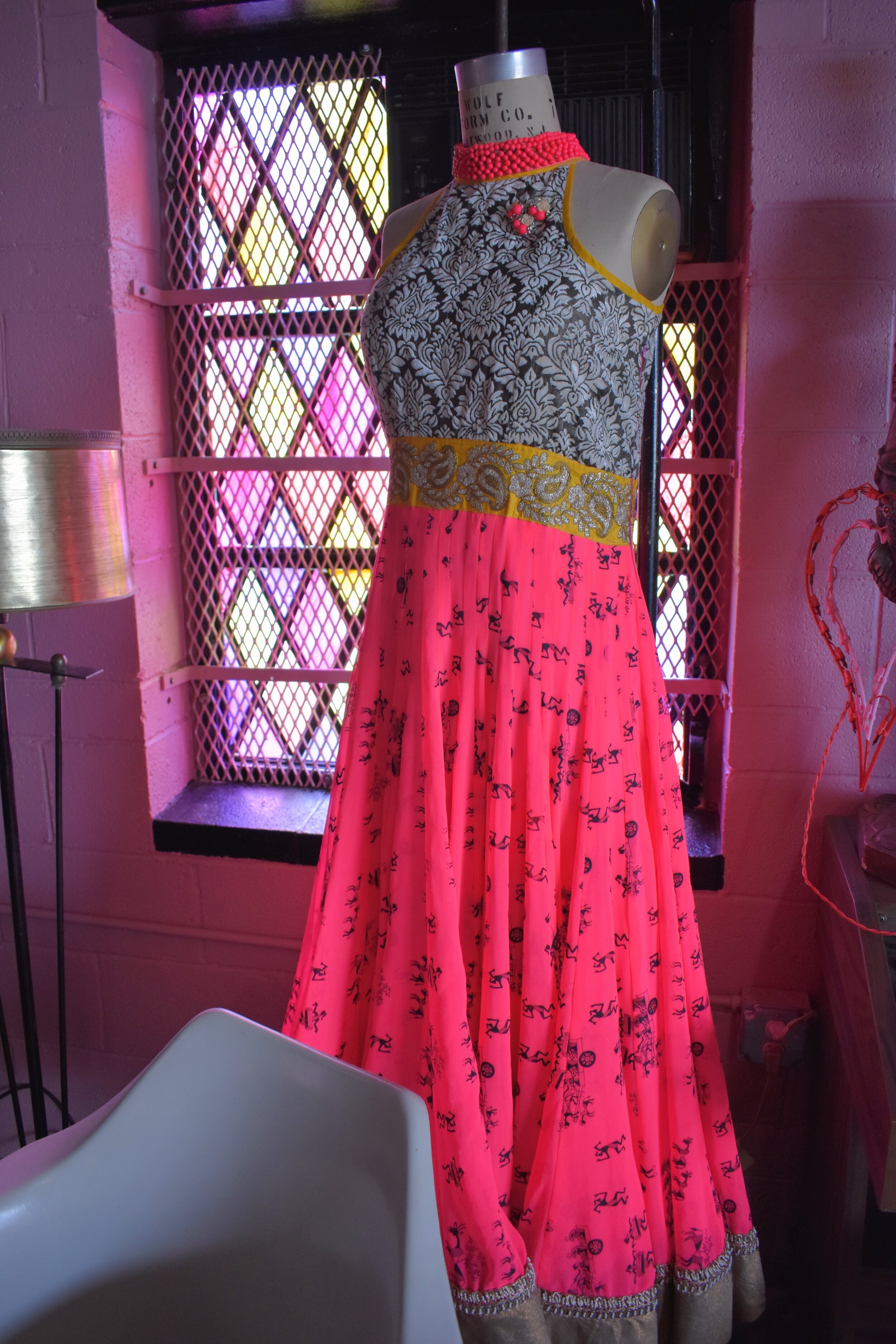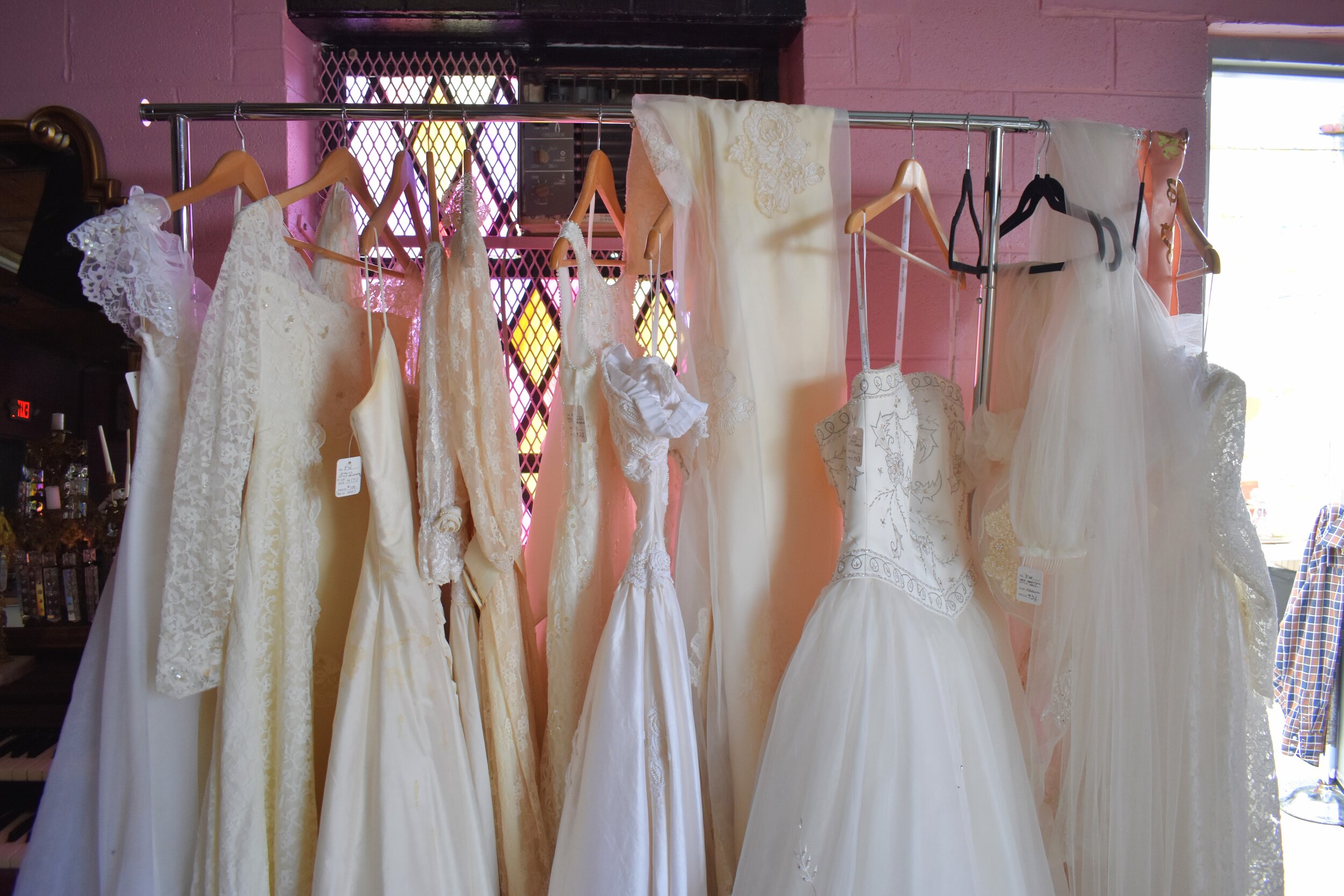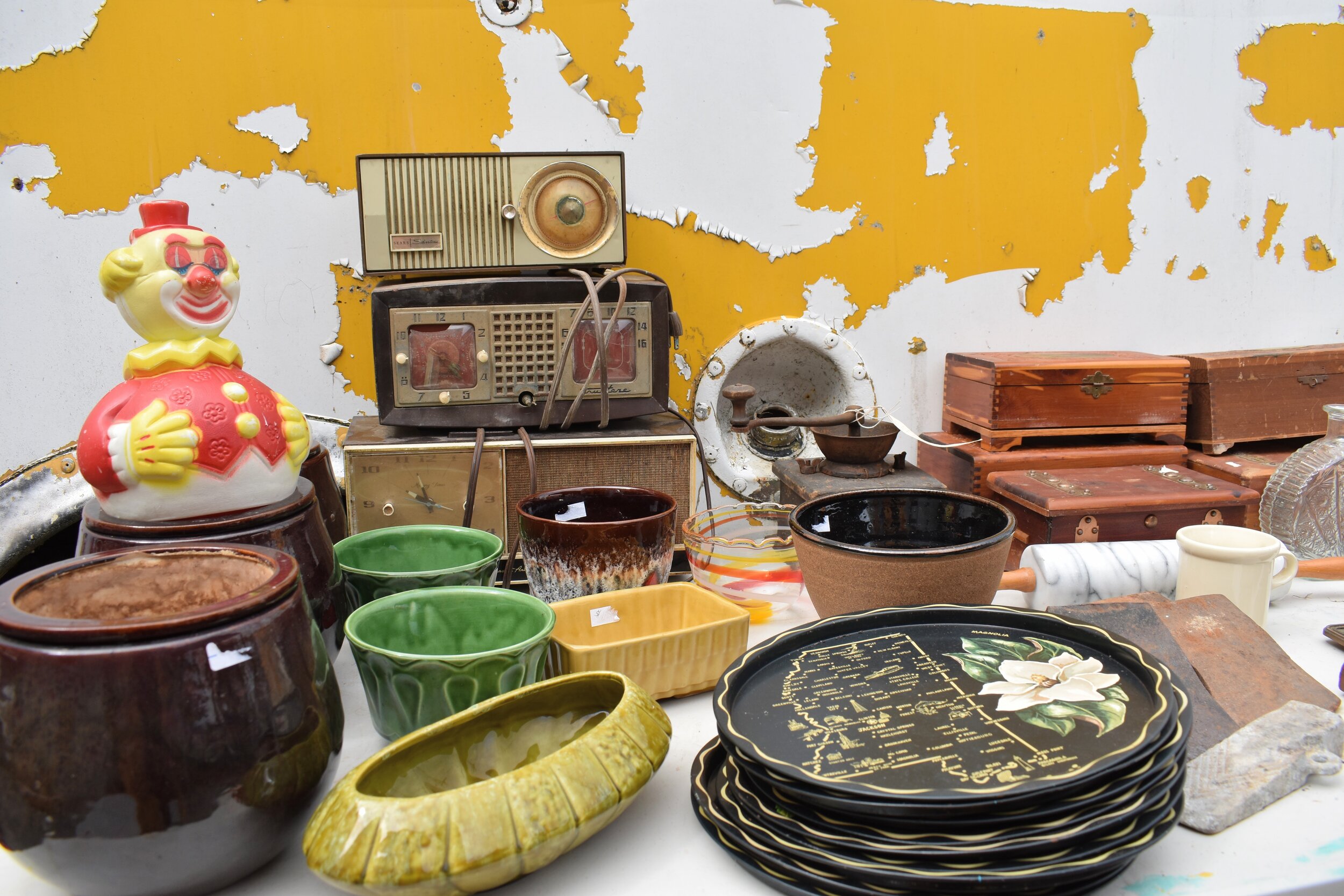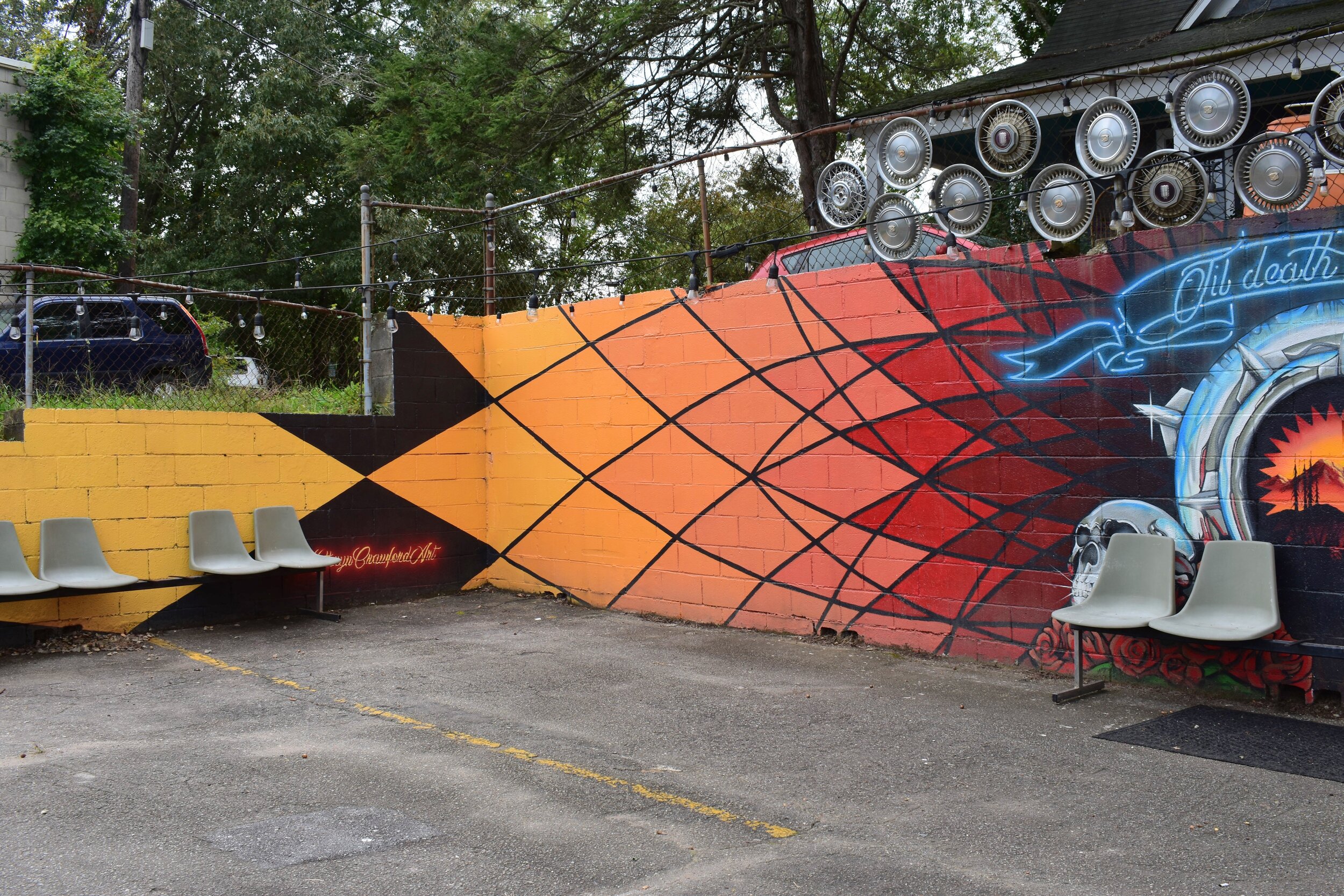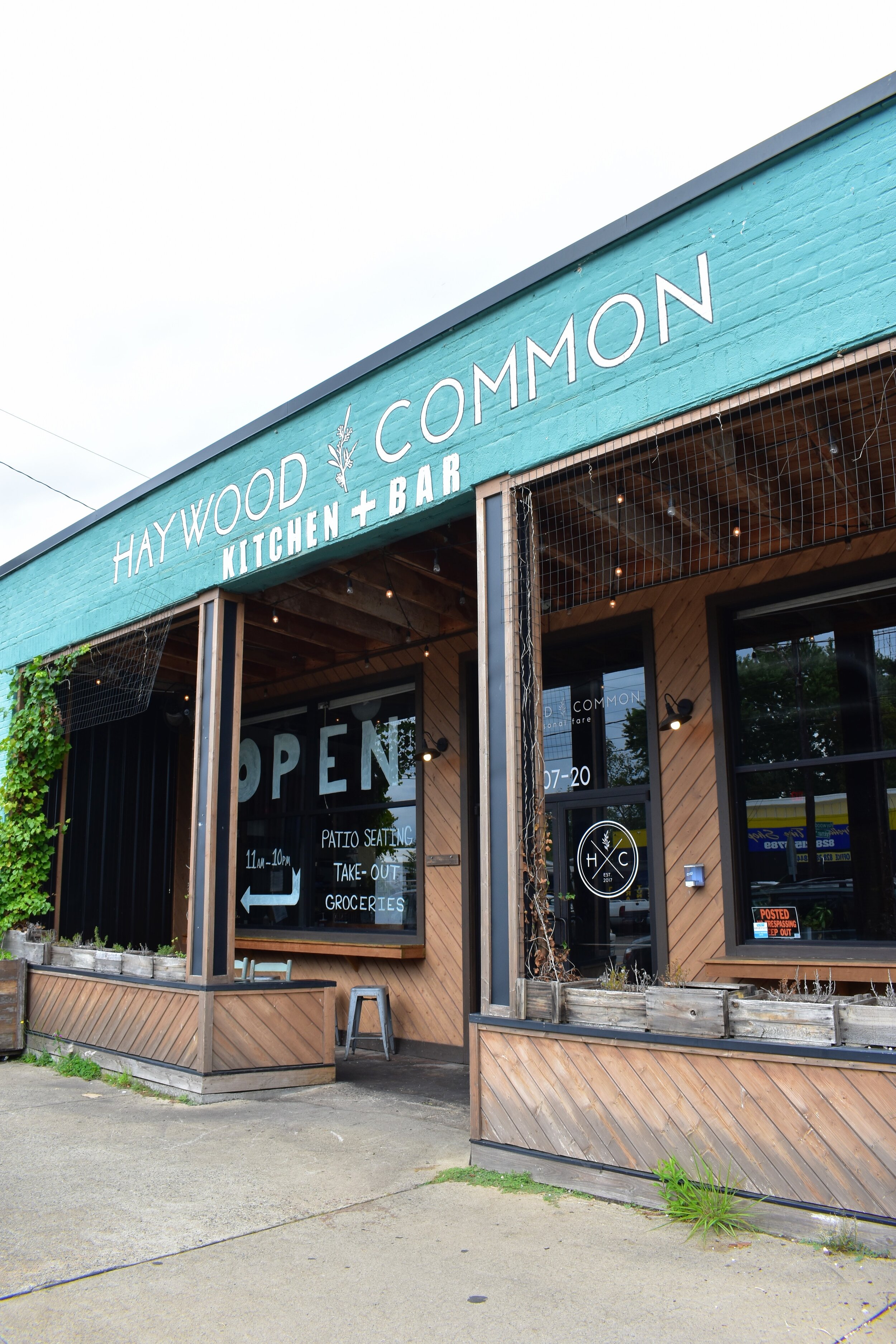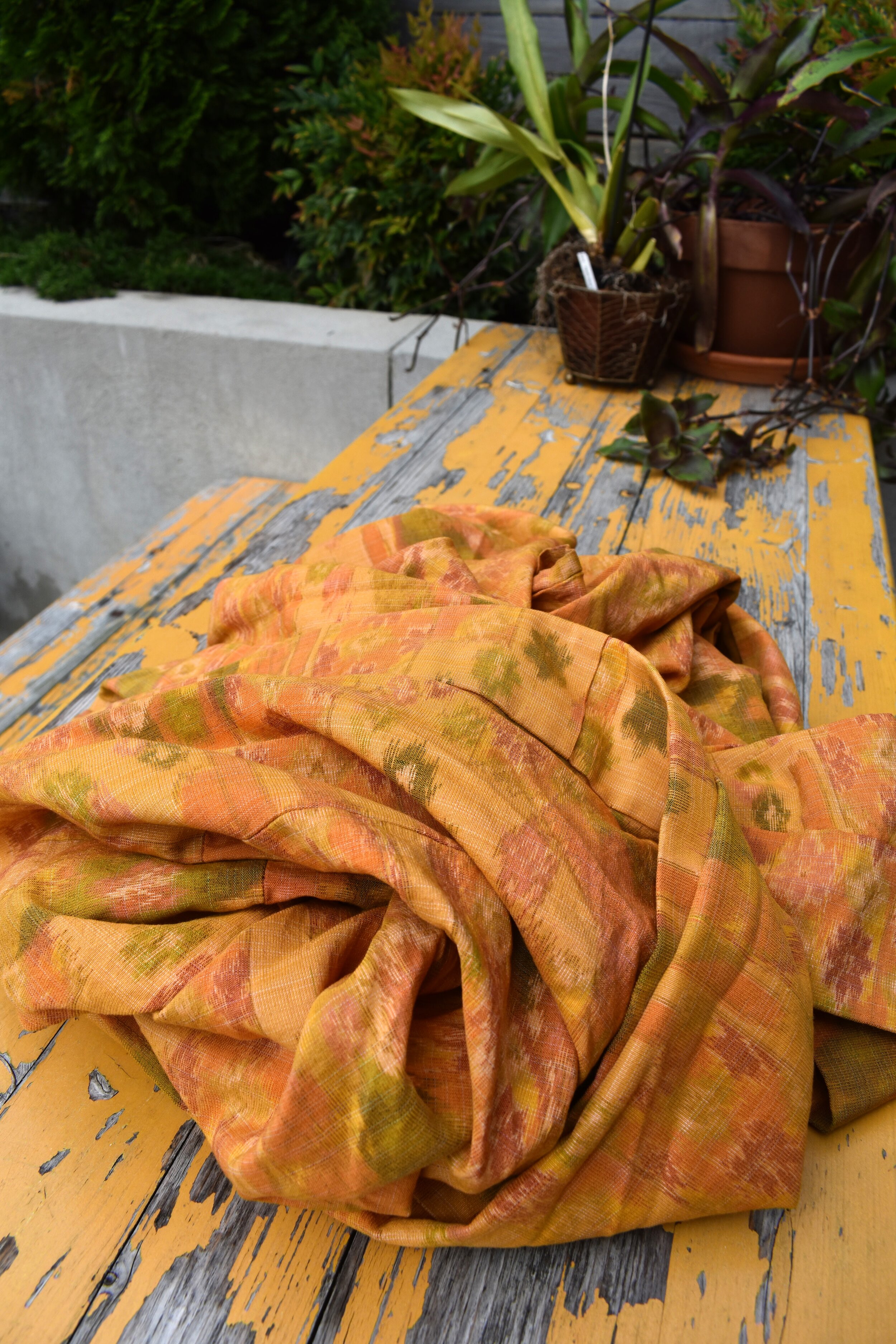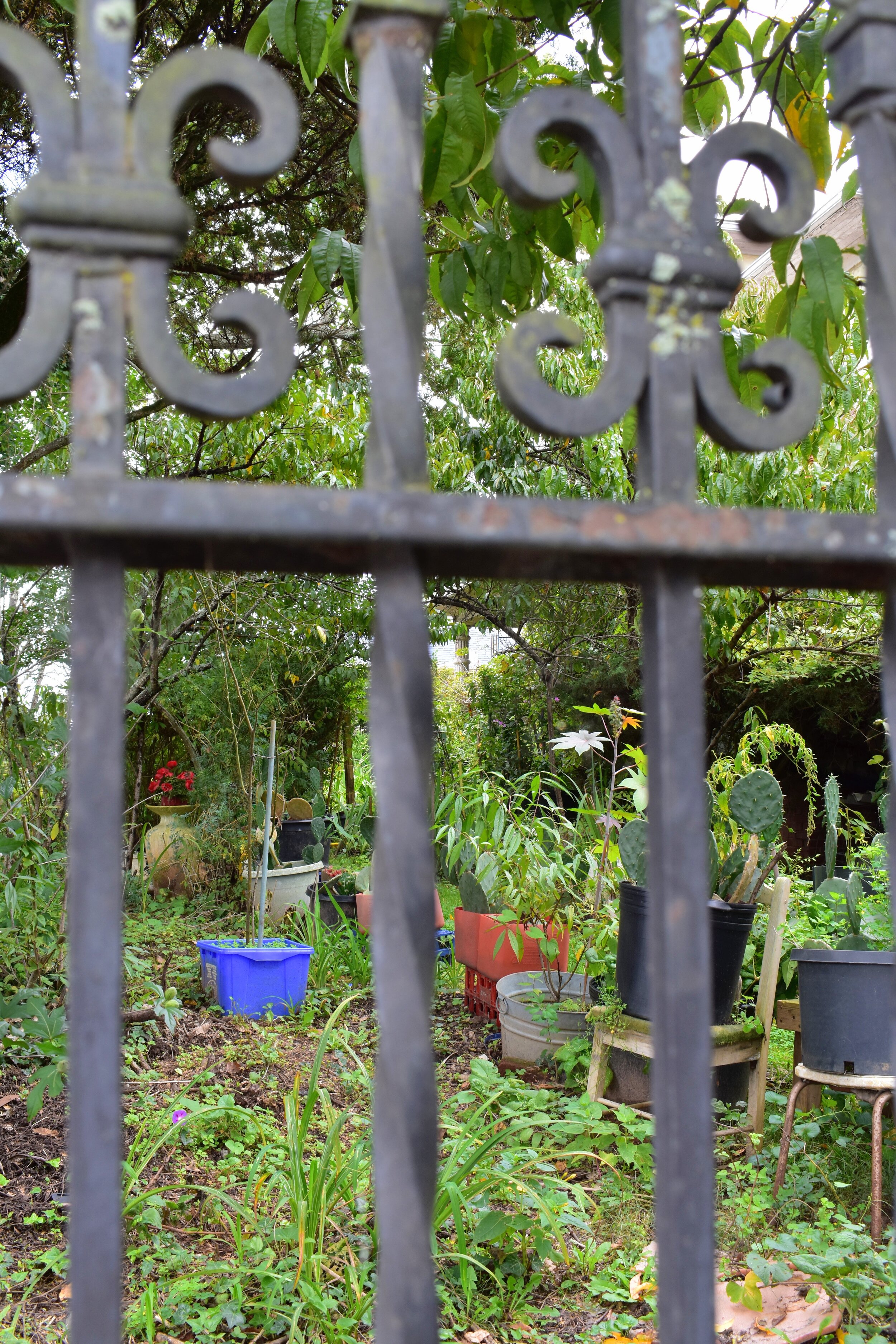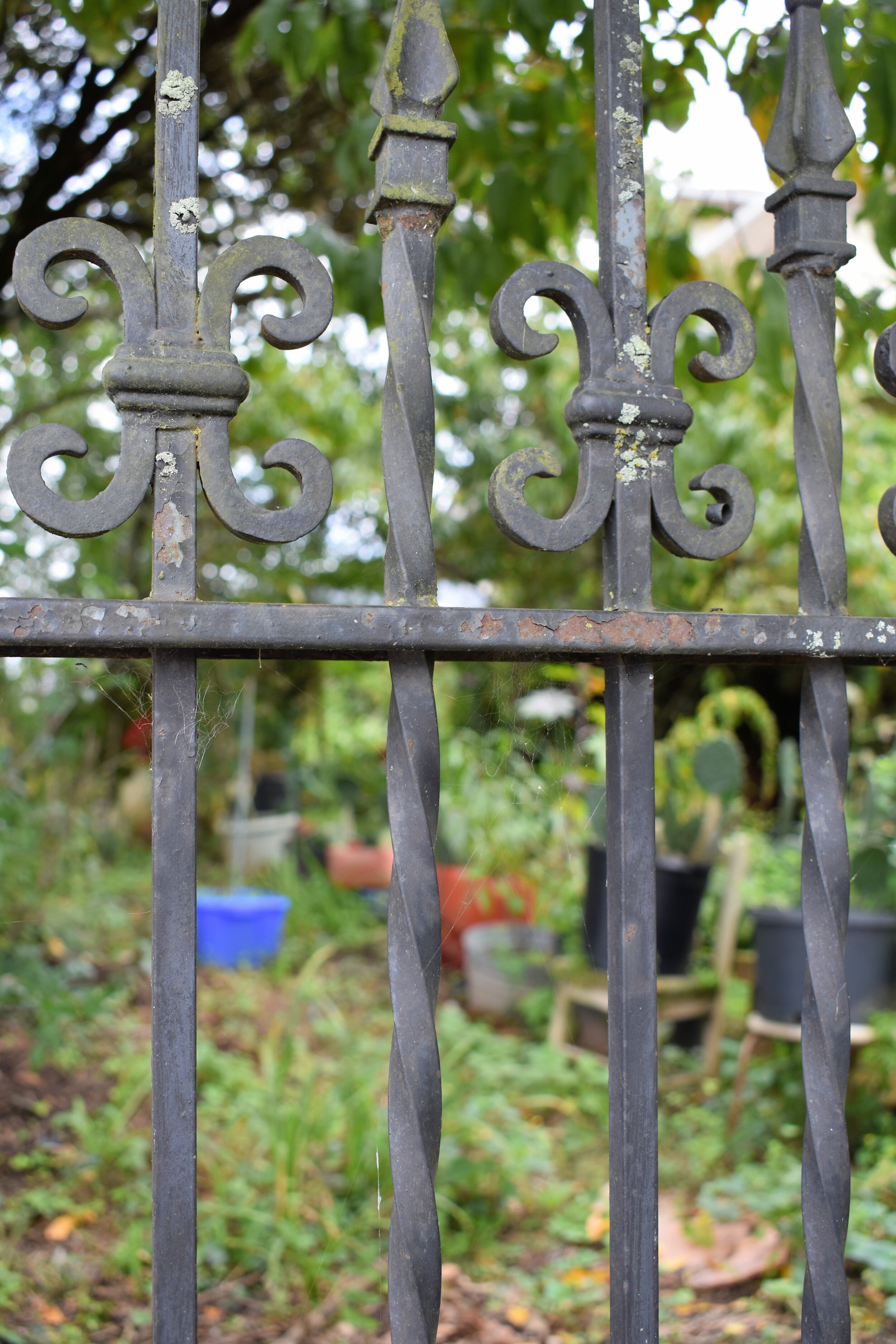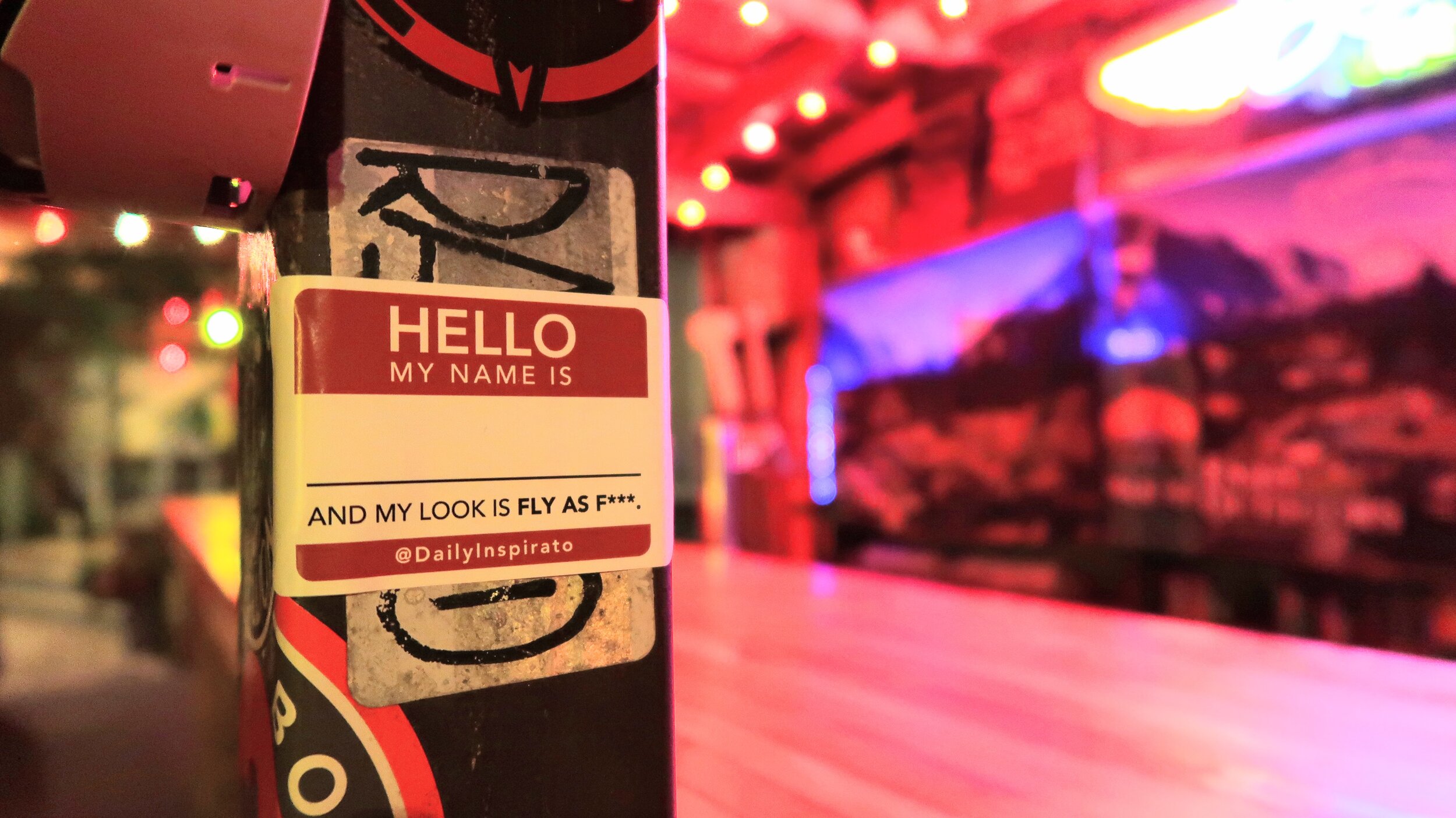(2020) My Experience in Asheville, North Carolina
Preface
Asheville, out of all the places I’ve visited, is the location where I spent the least amount of time roaming the city.
My plate was full. Read more about that here.
So, I’m excited to share what I did do, because Asheville is indeed a great city.
Follow along with me as I share a few highlights from the Blue Ridge Mountains.
Mullets Are Back
The crisp mountain air of Asheville was refreshing, and the city seemed to have it all –– from nature to craft brew.
And in between? Mullets, grunge clothing, America’s Largest Home, outdoor markets, artists, organic food, natural and wild “landscaping”, and many trees.
Asheville’s hippie vibe reminded me of what I’d imagine a 1970s Austin would be like. Though, I’ve learned on this adventure to refrain from comparing the places I visit to the places I know.
Each of the American cities I’ve visited is unique and stand on its own.
Asheville is a small, but mighty town (92,452 population at last count). Flanked by the Blue Ridge Mountains and the French Broad River, it’s a natural beauty.
The downtown district contains a few manmade gems as well including an old Woolworth turned artist hall (the original five & dime), the Basilica of Saint Lawrence, an S&W cafeteria, and the famous Grove Arcade.
Asheville is such a small town that at one point while I was at the Grove Arcade I asked myself “am I in downtown?” –– turns out, I was.
The Biltmore®
The next Asheville destination was so prominent and grand it required no introduction. The creators made it very clear where you are.
Not too far from downtown is the estate that put Asheville on the map: the Biltmore®.
A bee landing on a flower within the green house on the Biltmore® grounds.
When the estate was in need of a penny and the state of North Carolina was in need of visitors, the Vanderbilt family opened the home to the public to spur interest and travel to Asheville during the Great Depression; and both it did.
The Biltmore® estate is America’s Largest Home.
The estate is privately run, and your pocket will feel it. Tickets are ~$75 to enter the grounds and tour the home.
To be fair, it’s a lot of space to maintain, validating the ticket cost.
“The finished home contains over four acres of floor space, including 35 bedrooms, 43 bathrooms, and 65 fireplaces.” - Biltmore.com
The options for where to take a nap are exhausting.
As with many of the great historic homes of American, the Biltmore® has two key ingredients: money and the Gilded age.
George Washington Vanderbilt II, the grandson of Cornelius Vanderbilt (railroad titan and mega wealthy New Yorker), decided he wanted a quaint summer home to retreat to when the city became overwhelming.
Relatable.
While most of his peers did the normal thing and built a manor in Rhode Island, Montauk, or Maine, George had to spend his grandaddy’s money a different way. He had vision. He was inspired by the Asheville hills.
His chateau was completed in 1895 (just in the nick of time to be considered a part of the Gilded Age) and that Christmas began welcoming guests.
In tradition, the home elaborately dresses up for Christmas and welcomes visitors in masse each season.
At last, the bachelor has his pad.
Though not for long, as he married Edith just 4 years later. Lonely and seeking love in the Asheville hills?
The Biltmore® Home & Its Interior
“Got to look out for yourself. Nobody else ain’t going to do it.””
The Grounds
If I had known how beautiful the grounds were, I would have skipped the home altogether.
And would you guess who the grounds designer was?
Good ole’ Olmstead is at it again.
I cannot believe it. His work is inescapable. First Niagara Falls and Buffalo, and now the Biltmore®?
Olmstead designed another iconic American design. In contrast to the bachelor pad of the interior, the exterior was overabundant with class. The walkability, botanical interest, and layout of the gardens are impeccable.
In homage, I took many photos of myself around the grounds.
Hey, I had to show off my new kimono, right!?
“Never be a minion, always be an owner.”
“Pay ready money for everything you buy, and never sell anything you don’t own.”
Open Air Street Market
I scored the kimono at a local open-air street market in Asheville called Fleetwoods.
Fleetwoods made my funky heart skip a beat. It’s a local Asheville “Rock-n-Roll Wedding Chapel” where you can “shop, drink, get married”. When I read that online I didn’t walk, I ran to the entrance.
People were selling their wares, meeting up with old friends, saying hello to new ones, and all chowing on delicious food. At this open-air market, I was concerned the prices would burn a hole through my pocket, but hot dog, I was wrong.
The kimono, which is a beautiful combination of silk and cotton, only cost me $40.
And the COLORS.
I didn’t end up getting married, sadly, though Fleetwoods would make the perfect backdrop for a meet-cute.
While my ring finger remains bare, I still scored. I walked away with a kimono and a good sense of spirit for the American people.
We are a fun, delightful, engaging bunch.
